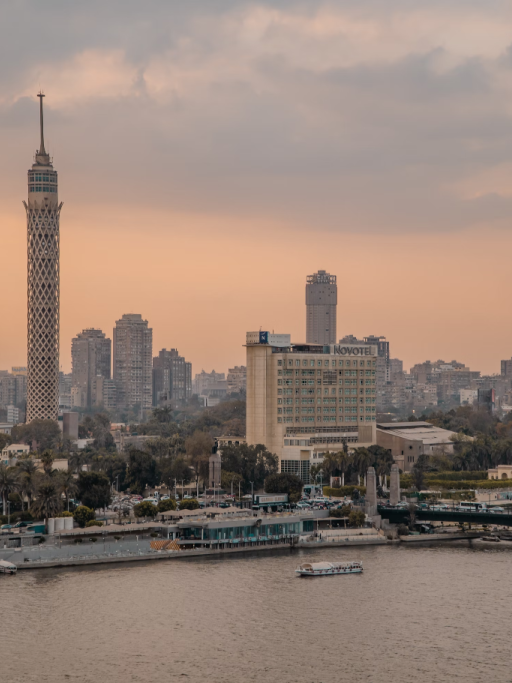This was a pilot initiative, as the partners, GWOPA and WaterAid hope that further support through peer-to-peer between utilities will be explored on the back of this process. It is also hoped that this will have the effect of not only benefiting the relevant state or cities, where the utilities operate but also open up a new line of peer support through WOPs.
As a mentor, NWSC-Uganda was mandated to implement some targeted capacity building activities –on the basis of the need assessment done during the diagnosis-aiming at implementing short-term thematic action plans during the one-year WOP and help the mentee to establish a LICSU.
The WOP has been designed for a total duration of one year, with a diagnosis visit of 5 days, a benchmarking visit of the same duration, and 3 training and monitoring subsequent visit. The last visit should be a validation of the Medium Term Plan and an assessment of the achievements of the project.
The following challenges were identified during the focus group discussions of the diagnosis mission, as affecting the ability of MWSC to effectively serve its customers. The challenges are grouped into Technical, Financial, Commercial and Human resources categories.
(1) Undertake an assessment of the present situation, especially review of the current pro-poor services within NWSC-Zambia,
(2) Provide a clear road-map for the improvement of Low-Income Customer Services, including when relevant, the establishment of a Low-Income Customer Support Unit (LICSU) within the mentee utility, with some steps actually taken by the utility.
(3) Provide a Short Term Action Plan (One [1] year) – developed and implemented – for the improvement of the pro-poor services through the newly established LICSU. This could include the design of a pilot project in a settlement identified during the WOP implementation phase; and
(4) Provide a Medium Term Action Plan (two [2] to thee [3] years) for the improvement of the pro-poor services through the LICSU including investment needs
(1) A Short Term Action Plan has been designed and some actions have already been implemented (by March 2018.
(2) New organogram for Pro-poor Unit adopted and in place, with recruitment costs to be internally funded.
(3) 6 plumbers have been employed and are in place – Feb 2018, out of the 21 positions missing and recommended.
(4) Completion of the designed for the extension of 2.5km of water network to un-serviced areas which will serve individual connections, communal standpipes and kiosks in Kasompe and Kapisha.
(5) Sensitization campaign commenced (Poor perception of MWSC services among the customers).
(6) Team to reduce and investigate illegal/suspected accounts and prescribe ToRs with the guidance from the Mentor (NWSC-U) being partially established with the recruitment of inspectors.
(7) Creation of DMAs in all three divisions of MW: Divisional Task teams formed and DMAs identified but yet to be metered.
(8) CB for meter readers and billing officers: SOPs training on metering program commenced in Jan 2018.
Dilapidated and inadequate funds for the upgrading of water and sewerage infrastructure
Low treatment efficiency of water treatment facilities
Inadequate internal capacity to extend services to new development areas
Lack of production and zonal meters
High NRW and Non-existant hydraulic zone
Lack of GIS/GPS
Frequent power interruptions
Pollution of raw water sources resulting in high chemical costs.
The Financial challenges include:
High Debtors stocks
High energy and chemical costs
Delayed payments resulting in loss of goodwill with suppliers
Insufficient funds for CAPEX
The Human Resources challenges include:
Poor attitude and mindset of staff and organization culture
Low staff productivity as a result of demotivated workforce
Inadequate incentives
Lack of staff development
Insufficient transport
Lack of leadership in some departments
High staff turnover
The Commercial challenges include:
Poor payment culture by customers
Poor quality of meter readings
Low metering ratio
Poor database
Poor customer care
Other challenges:
Vandalism of water & sewerage infrastructure
Failure to prosecute cases [illegal connections/reconnections]
Erection of illegal structures on water and sewerage infrastructure
Uncoordinated development by Local Authorities
Limited independence of raw supply sources [i.e. Mine WTPs] especially in Chingola and Mufulira towns
Low water supply hours per day
Rising demand for water and sanitation services
Political interference
Poor management and execution of projects
Poor image of MWSC by the public
The Short-Term Action Plan was designed to address these challenges.
